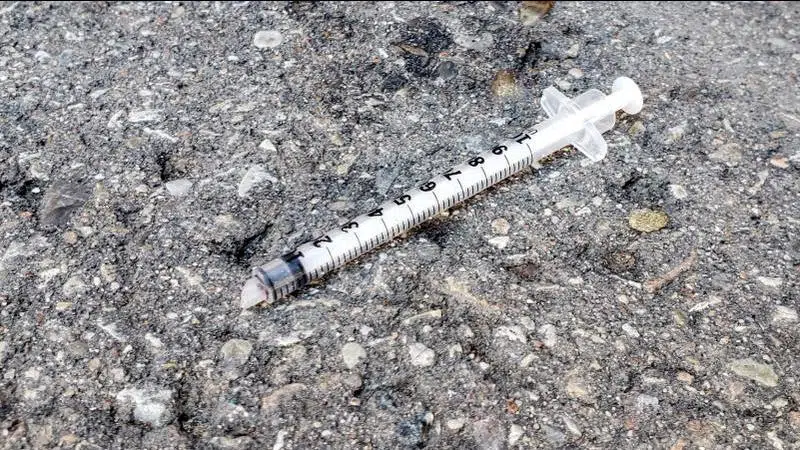
Alberta opioid deaths heading towards decline in 2019
Red Deer, AB – Deaths of Albertans from opioids are trending towards a decline for 2019, according to Alberta Health`s third-quarter report on fatalities related to the drugs.
Statistics released by Alberta Health this week show there were 120 deaths related to fentanyl, compared to 156 in the second quarter. Overall numbers now equate to just under two deaths a day in the province.
Medicine Hat-specific numbers show nine opioid deaths in the city up until the end of September. That`s compared with 17 total deaths in 2018.
One of the report’s brightest spots revolves around Red Deer, where the rate of deaths per 100,000 people has gone from 42.8 (1st) in 2018 to just 14.7 (5th) so far in 2019. Red Deer and Fort McMurray are the only two of the seven largest municipalities to have dipped below their respective 2016 figures.
